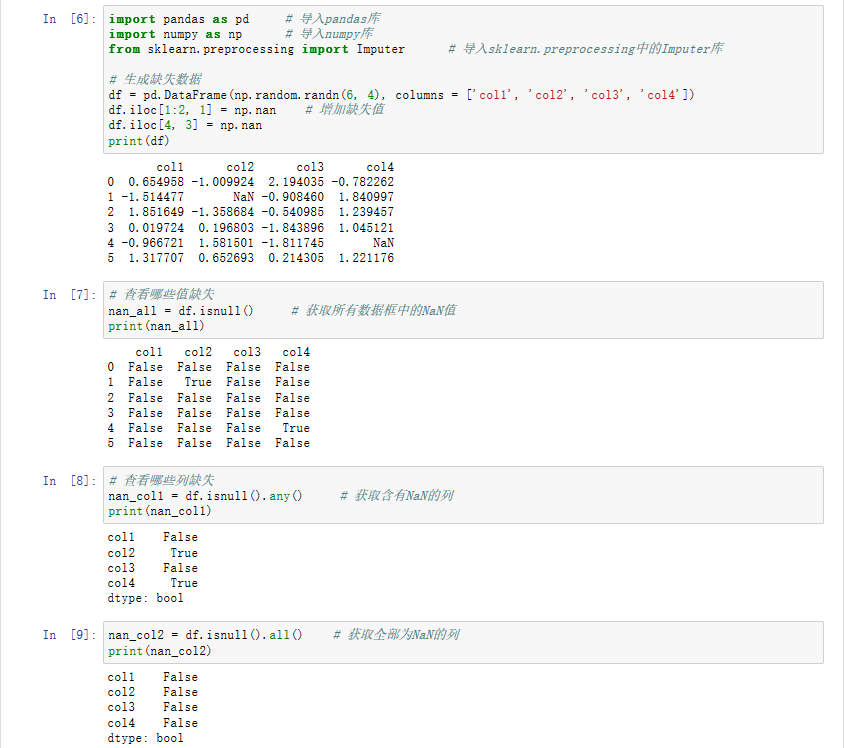I am trying to test my backbone views with jasmine. I use underscore library to generate templates for the backbone views.
For testing purposes I use jasmine jasmine-jquery
I am unable to load the fixtures in the jasmine tests as the views have embeded ruby. Here is my code
Backbone view
AlbumView = Backbone.View.extend({
template: _.template($('#album-template').html()),
render: function() {
$('#albums').append(this.template(this.model.attributes));
}
});
This view uses the following template
Album template album_template.html.erb
<script type="text/html" id="album-template">
<a href="<%%= url %>" class="album <%%= is_owner %>">
<%% if (viewable) { %>
<span class="album-cover">
<span class="photo" style="background-image:url('<%%= small_thumbnail_url %>'); width: 160px; height: 160px;">
<span class="glossy-overlay"></span>
</span>
</span>
<%% } %>
<h3><%%= name %></h3>
<p>
<%%= number_of_photos %>
</p>
</a>
</script>
Backbone model
var Album = Backbone.Model.extend({
initialize: function() {
this.view = new AlbumView({model: this});
},
render: function() {
this.view.render();
}
});
Jasmine test - album_spec.js
describe('Album view', function(){
beforeEach(function() {
var album = new Album({
"name": "Photo Stream",
"url": "/albums/1",
"id": "2",
"number_of_photos": "172 Photos",
"small_thumbnail_url": "/assets/sections/albums/covers/auto.png",
"viewable": true,
"is_owner": "owner"
});
loadFixtures('albums_fixture.html');
this.view = new AlbumView();
this.view.model = album;
// loadFixtures('albums_fixture.html');
});
describe("Rendering", function() {
it ("produces the correct HTML", function() {
this.view.render();
expect($("#albums")).toExist();
expect(this.view.template).toBeDefined();
});
});
});
This spec loads the following fixture - album_fixture.html
<div id="albums"> </div>
<script type="text/html" id="album-template">
<a href="<%%= url %>" class="album <%%= is_owner %>">
<%% if (viewable) { %>
<span class="album-cover">
<span class="photo" style="background-image:url('<%%= small_thumbnail_url %>'); width: 160px; height: 160px;">
<span class="glossy-overlay"></span>
</span>
</span>
<%% } %>
<h3><%%= name %></h3>
<p>
<%%= number_of_photos %>
</p>
</a>
</script>
This test is failing at
expect(this.view.template).toBeDefined();
The fixtures is loading as this test passes expect($("#albums")).toExist();
My question is how can I load fixtures that have views with embedded ruby? I was able to successfully test the models and collections but I am having trouble testing the views.



![Prime Path[POJ3126] [SPFA/BFS] Prime Path[POJ3126] [SPFA/BFS]](https://oscimg.oschina.net/oscnet/e1200f32e838bf1d387d671dc8e6894c37d.jpg)
